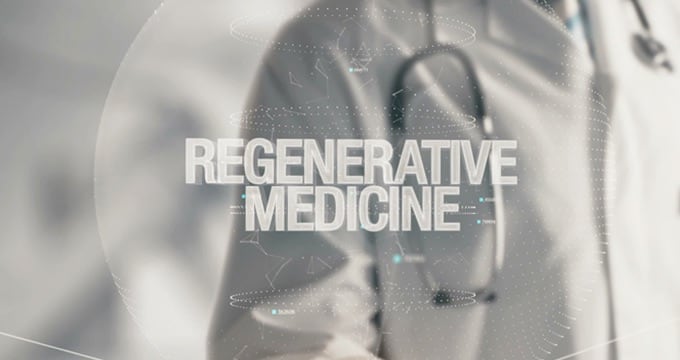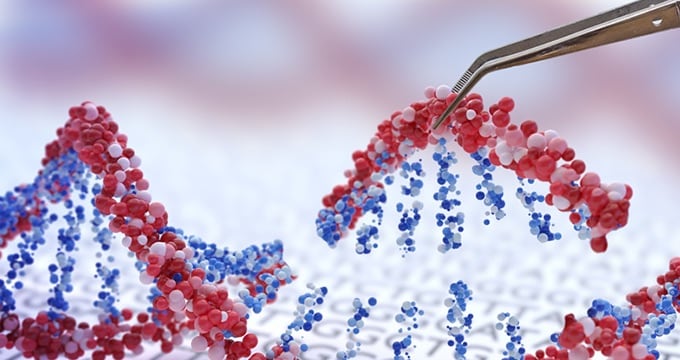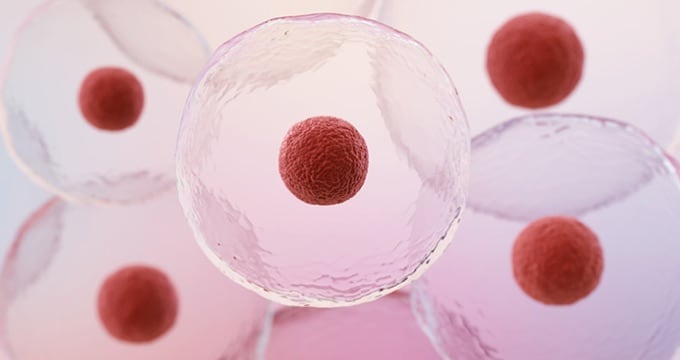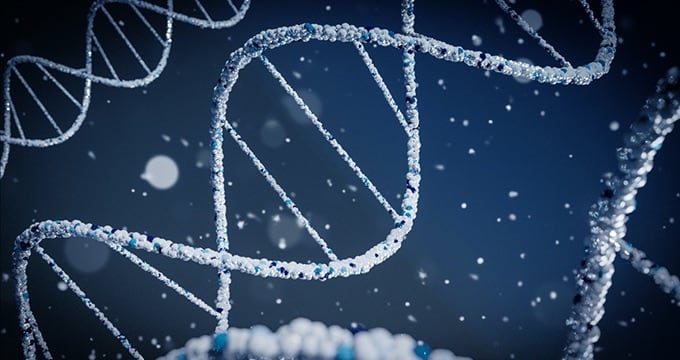Gene therapies are categorized as regenerative medicine under Japan’s Pharmaceutical and Medical Device Act. Therefore, in this article, we will discuss gene therapy regulations in Japan.
Gene therapies are categorized as regenerative medicine products in the Pharmaceutical and Medical Device Act. Both approved products and clinical trials are regulated under the Pharmaceutical and Medical Device Act. (This will open in a new window.)
The Act on the Safety of Regenerative Medicine is a law regulating the provision of regenerative medicine treatments in private practice and clinical research.
However, the act is only applicable to specific cell-processed therapeutic products (Cell-processed products that are not considered as regenerative medicine.), and is not applicable to gene therapies.
Clinical research of gene therapies are regulated under the Clinical Trials Act. However, laws regulating private practice do not currently exist. Therefore, gene therapies in private practice are unregulated. The regulatory authority has considered this situation as an issue, and the introduction of legislation on private practice is currently being discussed.

There are no other laws on gene therapies in Japan except for the regulations listed above.
Since the Cartagena Act aims to reflect the Cartagena Protocol on Biosafety regulations in Japan, it is commonly called “the Cartagena Act”.
Although the Cartagena Act regulates the use of Living Modified Organisms (LMOs), virus vectors used in gene therapies are also regulated under the Cartagena Act. The Cartagena Act classifies uses into two types. Type 2 aims to prevent the proliferation of LMOs to the environment such as the atmosphere, water and land, etc.,
while Type 1 aims not to prevent the proliferation of LMOs to the environment. It is impossible to fully prevent the proliferation of LMOs into the environment during administration to the human body, in cases such as clinical trials and clinical research. Therefore, such use is categorized as Type 1. On the other hand, in cases that LMOs are used at factories and research laboratories with complete proliferation prevention measures, use is categorized as Type 2.
In the Cartagena Act, human gene modified cells are not classified as LMOs. Since human gene modified cells are not considered as LMOs in the act, gene therapies such as CAR-T and ex vivo don’t fall into Type 1.
However, in case that virus clearance during the production process is not sufficient, and the possibility of virus vectors remaining cannot be entirely ruled out, the product may contain virus vectors and will be considered as Type 1. If virus vectors are used during the gene transfer process, then this would be categorized as a Type 2 use in the Cartagena Act.
As for the Type 1 use, approvals from the competent ministers, and the Minister of the Environment are required. Confirmation with the competent minister is required for the Type 2 use.
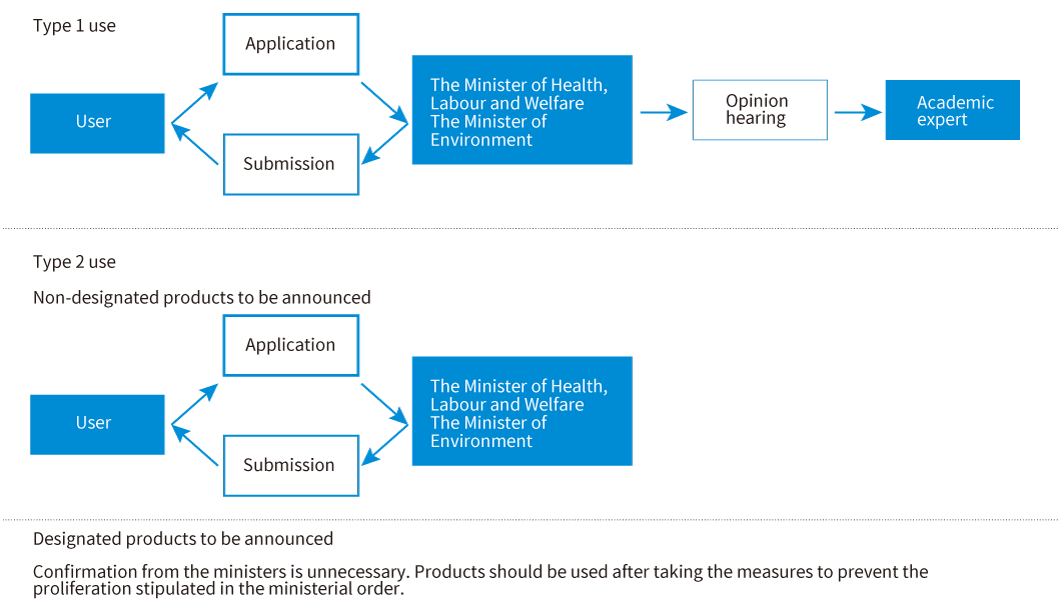
Disclaimer: The information provided is not intended to provide any pharmaceutical or medical device regulatory law advice; instead, all information and content are for general informational purposes only.

